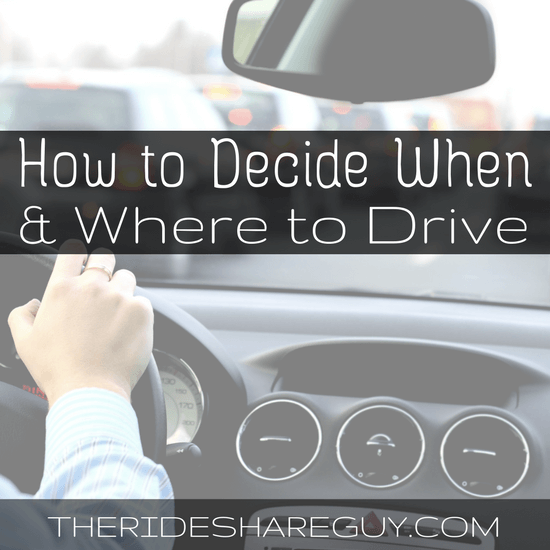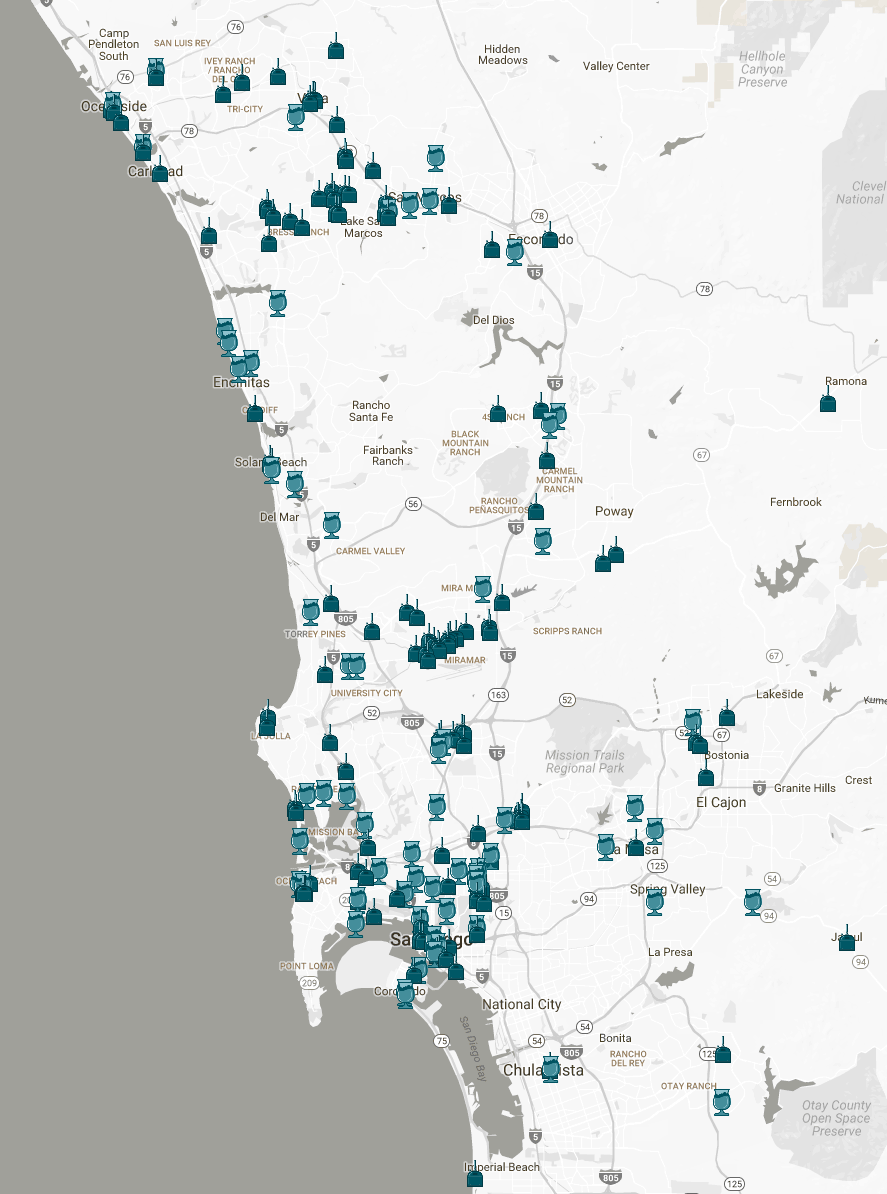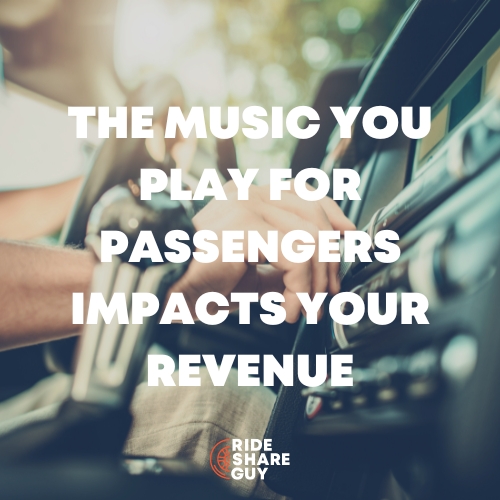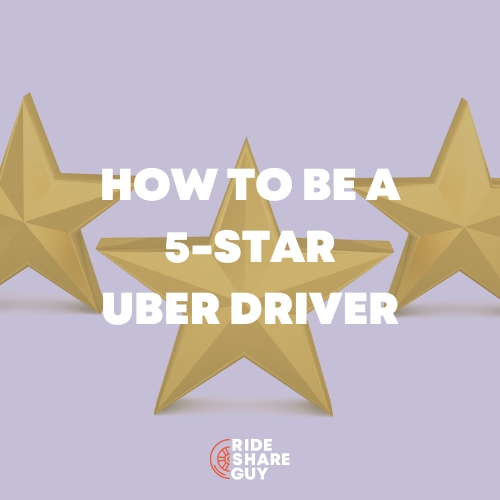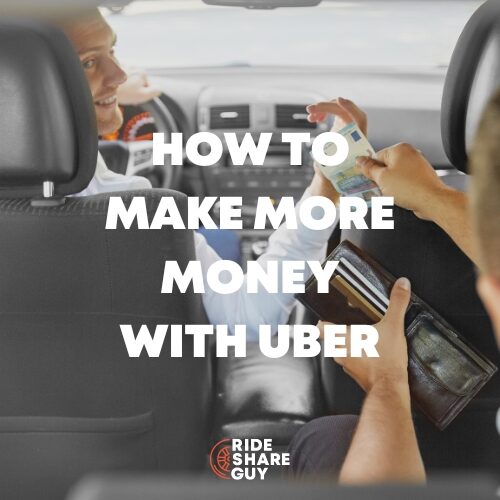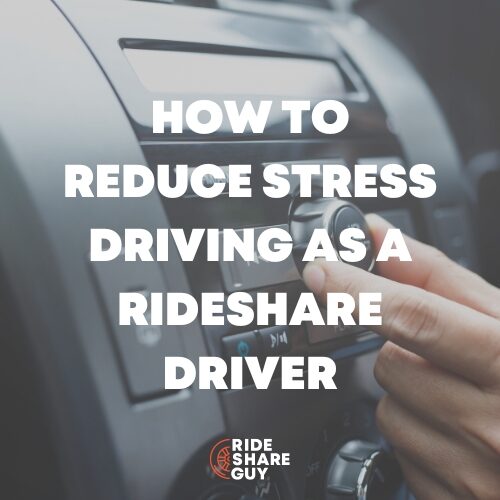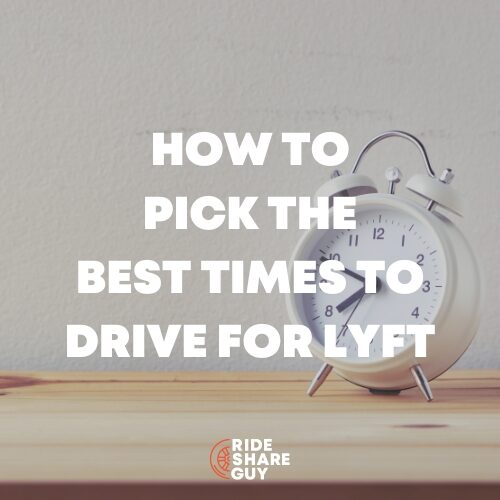Harry here. We get a lot of e-mails from drivers looking for ways to make more money and, unlike other jobs, there’s a learning curve when it comes to being a rideshare driver. The more you do it and the more you strategize, the more you can make. Today, RSG contributor Will Preston takes a look at how you can decide on the best times to drive and where the best places to drive are.
Deciding when and where to drive is one of the most important decisions that you will make as a rideshare driver. It can significantly change how much you make in a given driving period and it’s a somewhat complex process that must take into account your market, where you live in your market, and your personal preferences.
I’ll use my home market of San Diego and my personal preferences as examples in this article, but you should use your own logic and apply it to your market using your personal preferences. There’s also a bit of a chicken and egg problem here. I drive near bars and restaurants because I drive in the evening. I drive in the evening because there are lots of people going to bars and restaurants. Deciding when you drive also helps determine where you drive.
Deciding when and where to drive is an important decision, but don’t let it stop you from getting on the road. Take the strategies I outline below and see how they fit in your market and your schedule, then go out and drive based on that information.
Know Your Market’s Hot Spots
When you first start driving for a rideshare service, you can literally just turn on your phone and wait for the first ping. You don’t really need to know anything about your market to actually do the job. But if you want to maximize your profitability at some point, you do need to learn the layout of your market in order to maximize your profitability.
Try Google searches like “bars in San Diego,” or “restaurants in San Diego.” I found this really helpful map of breweries and pubs in San Diego county published by the San Diego Brewery Association. San Diego is becoming a brewery hot spot, but every city and town has something they’re famous for. Whatever it is, check it out, find the locations (whether it’s pancakes, beer, or tourist souvenirs) and become familiar with them.
Since I prefer to drive in the evening, the hotspots are where there is going to be a concentration of restaurants and bars. The vast majority of my rides are taking people to or from a restaurant or bar. Therefore, the first thing I needed to know is where the bars and restaurants are.
For example, I can tell you that in San Diego there are several such areas: the North West County corridor, the Hillcrest and North Park corridor, the La Jolla to Mission Beach corridor, and the Gaslamp District.
If you look at a map of San Diego, you will notice that there is a significant portion of the county that does not have a concentration of bars and restaurants. There are plenty of people in San Marcos, Encinitas, Rancho Bernardo, and Poway. There are also plenty of bars there.
It’s just not as big of a concentration as the other areas I mentioned above, meaning you’ll probably have fewer requests in areas that have fewer bars and restaurants. In my experience, concentration of bars and restaurants equals shorter periods in between rides.
Know Your Market’s Surge Patterns
This is not about chasing the surge, which is a bad idea. This is about figuring out where and when the hotspots occur in your market. If a particular area gets surge pricing on a regular basis, it tells you two things: it’s probably a hot spot for rides, and it’s probably an area that continually suffers from a shortage of drivers since a surplus of riders and a shortage of drivers is what creates a surge.
One of the best ways to check this is to use two phones while driving. Use one phone to drive for Uber or Lyft, and use the other phone to zoom out to your entire market to watch the surge areas. This doesn’t work with Lyft, because the Lyft app will go online on both phones if you are online on either phone, but it will work with Uber. And actually, you don’t even need to be online to see Uber’s surge maps.
Related: How to create a time lapse video of Uber surge
The other phone doesn’t even need to have a contract either. In fact, you don’t need a phone at all. You only need an inexpensive android tablet with a decent display and GPS support. There are some really solid Wi-Fi only tablets for $100 or less on Amazon. All it needs is a Wi-Fi hotspot, which you can do from your phone.
Know Your Market’s Events
Do your best to know about local events in your area. If you can find a decent sized event that is not being advertised by Uber or Lyft, you might actually make more money than participating in a large event that is being advertised.
The reason for this is that what you want is a lot of passengers and not a lot of drivers. Give me a regional high school band competition over a Guns & Roses concert any time.
Know Travel Patterns
There are two travel patterns that you can count on in almost any market: business travelers and vacation travelers. Business travelers tend to fly out early Monday morning, and fly back Thursday evening and Friday evening. Vacation travelers tend to fly out on Friday afternoons and evenings and fly back Sunday evenings. Understanding these patterns can help you maximize your use of the airport.
Know Where Not to Drive in Your Market
There are also things you’re going to want to know about that will help you know when and where not to drive. For example, your biggest enemy as a rideshare driver is traffic. A little traffic is to be expected, as the demand for rideshare services often matches traffic patterns. But every city has areas that are really difficult to navigate and should be avoided if you can.
A perfect example of bad traffic is the Gaslamp District of San Diego, which is a multiple block area in downtown San Diego with a ton of bars and restaurants. On one hand, the demand is high and surge is frequent. On the other hand, it can take you as much as a half hour to go the half-mile into and out of the district. So I avoid the Gaslamp District whenever I can. What’s that area in your town?
Another way around this is to see if your passengers can meet you just around the corner from a busy area. This is a strategy you can use during big events, too. If you’re able to ask your passengers to walk down even just half a block away from the chaos, you can get them easily and get on your way (away from the traffic) faster.
Related: How to Handle the Biggest Rideshare Events of the Year
Until Uber and Lyft start actively targeting and deactivating cherry picking drivers, I refuse to do airport pickups. Maybe it’s different in your market, but here’s what happens in San Diego. Drivers who don’t care about the rules sit in the queue until they get a ride request. They call the passenger ostensibly to verify that they are at the correct pickup location, then casually ask where they are going. If they don’t like where the passenger is going, they come up with some sob story and request that the passenger cancels the request.
Related Video: Should Uber deactivate drivers who ask for the passenger’s destination?
Unfortunately, most passengers don’t know this is against policy, and they go ahead and cancel. Since the passenger canceled, the driver is left at the top of the queue. They repeat the process until they get a ride they like. The result is that drivers who abide by the rules get the leftovers, and the most you can hope for is someone going to downtown San Diego or Point Loma – both minimum fare rides. I don’t mind minimum fares but I do mind being given nothing but minimum fares after waiting an hour.
Your airport queue may be different, especially if you have an airport not near downtown. The problem I described above probably isn’t a problem if most passengers are going a decent distance. Every major city I can think of has an airport that’s a decent distance from where everyone lives. San Diego airport, on the other hand, is located right in the middle of downtown.
Are Big Events Profitable?
Earlier I talked about knowing when events are, so you may assume that one of the times you might want to a drive is when there is a big event. The bigger, the better, right? Unfortunately, this one you’re going to have to figure out for yourself based on your market, and you’ll have to do a few major events to figure out if they work for you.
I don’t like major events like concerts and sporting events in San Diego. If you want to take advantage of the surge pricing that happens, you have to get there early and sit and wait. Neither Uber nor Lyft knows when the concert is going to end, so they give you an estimated time. Sometimes the event ends early and you drive all the way over there only to find an empty parking lot. Sometimes the event ends late and you find yourself sitting in a parking lot for two hours before you get a ride. Both are a giant waste of time.
Concerts and sporting events do generate ridiculous amounts of surge pricing. 3X pricing is easy to get and 6X pricing is not unheard of. It’s all about timing it right. Unfortunately, my experience with concert pickups is exactly the same as my experience with airport pickups. You stand a significantly high chance of getting a short distance ride unless you’re willing to break the rules and cherry pick.
Know Other Drivers’ Preferences
Drivers don’t like driving early Monday mornings and there is a huge demand for runs to the airport during this time. This means it’s pretty easy to get a nice long run to the airport on early Monday morning, and it might even be on surge pricing.
Most people don’t want to drive at 4 AM on Saturday morning or Sunday morning either. But guess what? In my market there is a very predictable surge around that time every week. I’m pretty sure what the supply-side of that surge is about, but I definitely know most drivers are sound asleep. I know I am. But if you’re a morning person, you can use this to your advantage!
A lot of drivers don’t like driving the bar crowd because they’re afraid of someone getting sick in their car. Use that to your advantage. Surge pricing is heavy during bar closing times and it’s not that hard to be prepared for the pukers – and you might pick up some extra cash in cleaning fees.
Know Your Preferences
Don’t like driving early in the morning? Sleep away. Don’t like driving boisterous drunks around? Stop driving around 9-10 PM. Don’t like doing pool rides? Stay away from the parts of town where pool rides are more common than regular rides or just ignore them using an app like Mystro (use our code RSGB3171 to sign-up).
You also need to know whether or not you want to maximize your per-hour profitability or your per-mile profitability. If its per-hour profitability, you’re going to want to drive straight to a hotspot just before it starts getting hot. If you want to maximize your per mile profitability, you’re going to want to find something else to do while you are waiting for rides, and don’t move your car at all once you drop off someone.
Know How the Destination Filter Works
Unless you live right in the center of all of the hotspots, destination filters are your friend. You can use a destination filter to get closer to your area’s hotspots, and to get closer to home without having to drive for free.
You can also use destination filters in combination with what we discussed about travelers. We’ve already discussed that business travelers tend to leave early in the morning on Monday morning. This is one of the best ways to take advantage of living out in the suburbs.
On a Monday morning, start your morning cup of coffee and turn on a destination filter with the airport as your target. Don’t move until you get a trip. If it’s 4 a.m. or 5 a.m. on a Monday morning, chances are it will be a ride to the airport. That’s $40 in my pocket where I live.
The same is true of a big concert. If you live a long way from the concert venue, put on a destination filter with the concert venue as the target and sit and wait for your long run to the concert. Given that concerts are in the evening, when there is a whole lot of other traffic, it won’t be as reliable as the airport runs on Monday morning. But it’s a good way to try to get a really long run right out of the gate.
Destination filters are also a great way to do “opportunity driving.” Going somewhere more than 10 miles away? Leave early and put on a destination filter for where you’re going. Maybe you’ll make a few bucks along the way!
Put it All Together
One of the best things about rideshare driving is that you can do it anytime you want. You can’t do it all day long, so the best thing to do is figure out when you can maximize your time and use of your car. One strategy is to learn exactly how your destination filters work, and to use them to position you right in the hot spots. Or maybe you live in an area that surges predictably. Turn on your phone when you’re ready to drive and take advantage of that.
Know your area, know the surge patterns, know when you want to drive, and know when others don’t. Also make note of the areas in your market that frustrate you and stay away from them when they’re likely to do so. Then just drive when you want. Good luck!
Readers, do you have driving strategies that have worked for you? Any questions about these strategies? Share in the comments!
-Will Preston @ RSG
